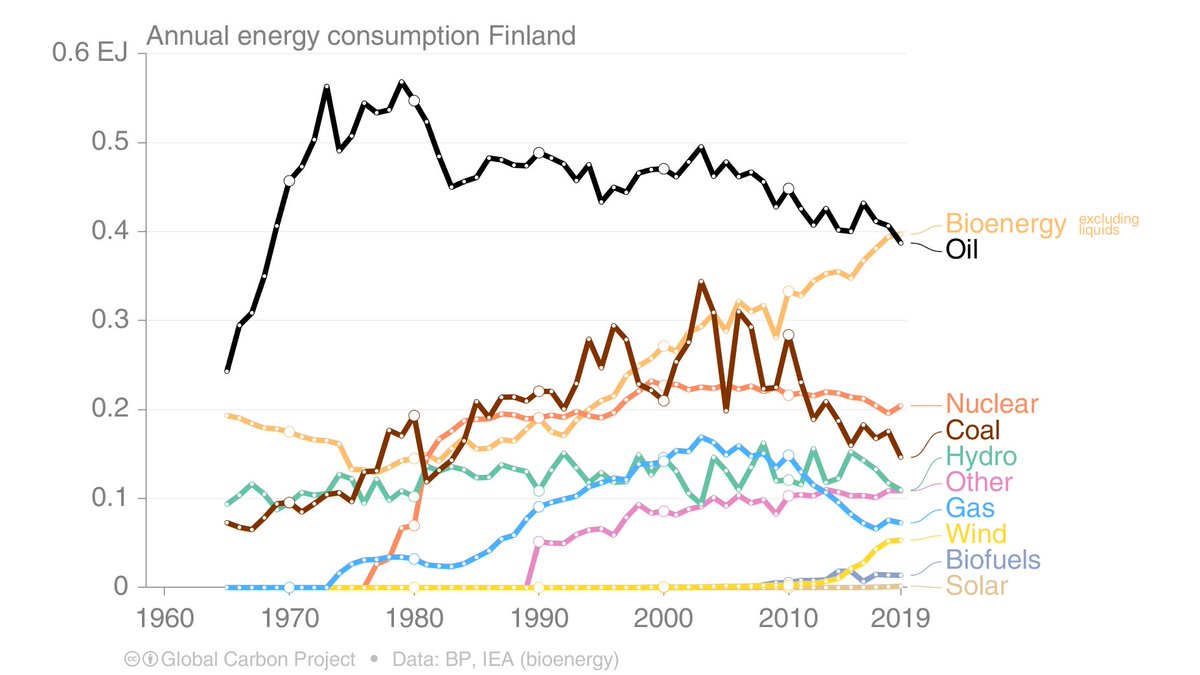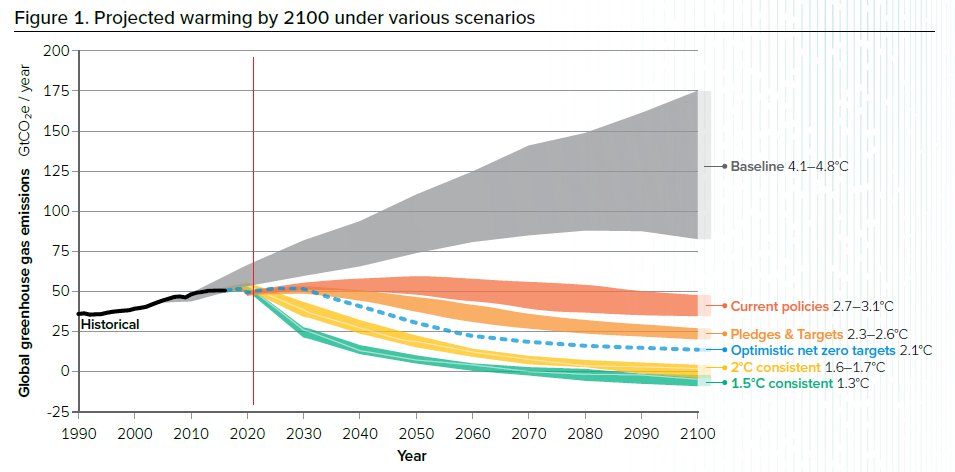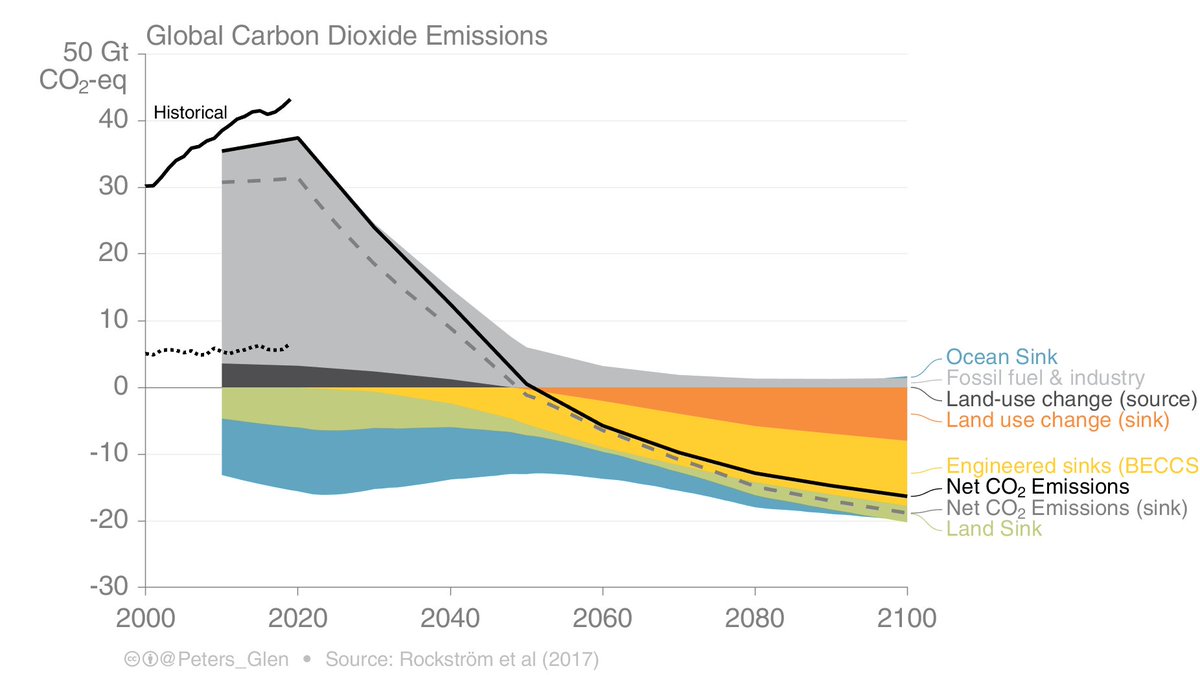
Do you remember when 1.5°C was a “geophysical impossibility”, then came possible after a single study?
I forgot all about this study in the “virtually impossible” discussion, but I remember at the time I reacted to that framing…
1/
rdcu.be/vXeB
I forgot all about this study in the “virtually impossible” discussion, but I remember at the time I reacted to that framing…
1/
rdcu.be/vXeB

The study essentially argued that based on the AR5 carbon budgets, viewed from 2014, there was seven years (2021) until the 1.5°C carbon budget was used, & therefore 1.5°C was essentially a "geophysical impossibility".
They had a new method with a more realistic budget.
2/
They had a new method with a more realistic budget.
2/

The @CarbonBrief post was titled: "Why the 1.5°C warming limit is not yet a geophysical impossibility"
The authors wrote: "[A]lthough 1.5°C is not yet a geophysical impossibility, it remains a very difficult policy challenge."
3/
carbonbrief.org/guest-post-why…
The authors wrote: "[A]lthough 1.5°C is not yet a geophysical impossibility, it remains a very difficult policy challenge."
3/
carbonbrief.org/guest-post-why…
There was a lot of debate about the paper at the time, it was intense.
Many argued the paper had it wrong, implying that, "1.5°C might indeed be a geophysically impossibility".
4/
theguardian.com/environment/20…
Many argued the paper had it wrong, implying that, "1.5°C might indeed be a geophysically impossibility".
4/
theguardian.com/environment/20…

I distinctly remember trying to understand why that language was used. It seems like "1.5°C was impossible, now it is possible, & so now it makes sense to mitigate".
This was all around the time of Paris, SR15 preparation, etc
5/
This was all around the time of Paris, SR15 preparation, etc
5/
Right wing media loved the language, & the article was a hit, the study "concedes that it is now almost impossible that the doomsday predictions made in the last IPCC assessment report ... will come true"
The authors had to speak out...
6/
theguardian.com/environment/20…
The authors had to speak out...
6/
theguardian.com/environment/20…
I wrote a blog post, "Did 1.5°C suddenly get easier?", which made me very unpopular as the right-wing media picked it up.
My main point? Drop uncertain carbon budgets & go for net-zero instead...
7/
My main point? Drop uncertain carbon budgets & go for net-zero instead...
7/

I claimed that carbon budget have been published ranging from -200 to 1000 GtCO₂... I felt that was quite risky to write, but was confident it was correct.
It turns out I was way too conservative according to this study (see left panel).
8/
nature.com/articles/s4324…
It turns out I was way too conservative according to this study (see left panel).
8/
nature.com/articles/s4324…

In any case, the Millar et al budgets turned out to be much larger than used in the IPCC SR15 (below), but many aspects of their method are used in recent carbon budget estimates (making sure estimates align with historical warming).
9/
9/

I am surprised I forgot that language & debate back in 2017. I felt I became very unpopular amongst colleagues for my blog.
I had many paper ideas for carbon budgets, but put them in the bin. I wrote a commentary in the /end.
rdcu.be/bHT2C
cicero.oslo.no/no/posts/klima…
I had many paper ideas for carbon budgets, but put them in the bin. I wrote a commentary in the /end.
rdcu.be/bHT2C
cicero.oslo.no/no/posts/klima…
• • •
Missing some Tweet in this thread? You can try to
force a refresh




















